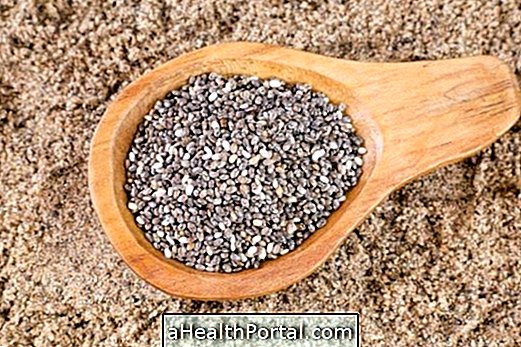The heart rate in the baby and the child is usually faster than in the adults, and this is no cause for concern. Some situations that may make the baby's heart beat faster than normal are in case of fever, crying or during playfulness that require effort.
In any case it is good to see if there are other symptoms such as changes in skin color, dizziness, fainting or strong breathing, because they can help to identify what is happening. Thus, if the parents notice any changes in these, they should talk to the pediatrician for a thorough evaluation.
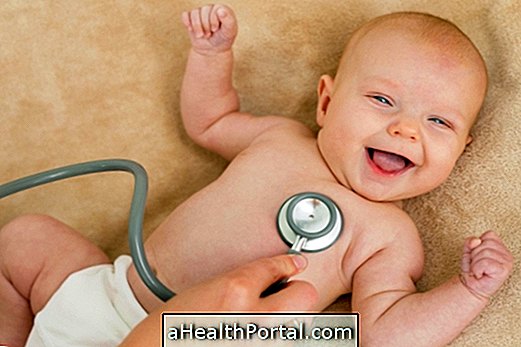
Normal heart rate chart in the child
The following table shows normal heart rate variations from newborn to 18 years of age:
| Age | Variation | Normal average |
| Newborn pre-mature | 100 to 180 bpm | 130 bpm |
| Newborn baby | 70 to 170 bpm | 120 bpm |
| 1 to 11 months: | 80 to 160 bpm | 120 bpm |
| 1 to 2 years: | 80 to 130 bpm | 110 bpm |
| 2 to 4 years: | 80 to 120 bpm | 100 bpm |
| 4 to 6 years: | 75 to 115 bpm | 100 bpm |
| 6 `to 8 years: | 70 to 110 bpm | 90 bpm |
| 8 to 10 years: | 70 to 110 bpm | 90 bpm |
| 12 to 17 years: | 60 to 110 bpm | + 65 bpm |
| * bpm: beats per minute. | ||
The heart beats can be considered as:
- Tachycardia : when the heart rate is higher than normal for age: above 120 bpm in children, and above 160 bpm in infants up to 1 year;
- Bradycardia: when heart rate is lower than desired for age: below 80 bpm in children and below 100 bpm in infants up to 1 year.
To make sure that the heart rate is changed in the baby and the child should be allowed to rest for at least 5 minutes and then check for a heart rate monitor on the wrist or finger, for example. Learn more details on how to measure your heart rate.
What changes the heart rate in the child
Usually babies have the fastest heart rate that an adult, and this is completely normal. However, there are certain situations that cause your heart rate to increase or decrease, such as:
What increases your heart rate:
The most common situations are fever and crying, but there are other more serious situations, such as lack of oxygen in the brain, in case of severe pain, anemia, some heart disease or after a heart surgery.
What decreases heart rate:
This is a rarer situation, but it can happen when there are congenital changes in the heart that affect the cardiac pacemaker, blockages in the conduction system, infections, sleep apnea, hypoglycemia, maternal hypothyroidism, systemic lupus erythematosus, fetal distress, diseases of the central nervous system of the fetus or elevation of intracranial pressure, for example.

What to do when your heart rate is changed
In many cases, increasing or decreasing heart rate in childhood is not serious and does not indicate heart disease that has much significance, but when you notice that the baby's or child's heartbeat is changed, parents should take it to heart. hospital for evaluation.
In more severe cases, other symptoms such as fainting, fatigue, pallor, fever, catarrh cough, and changes in skin color that may appear more bluish are usually present.
Based on this, physicians should conduct tests to identify what the baby has to indicate the treatment, which can be done by taking medicines to fight the cause of the change in heart rate, or even surgery.
Warning signs to go to the pediatrician
The pediatrician usually evaluates the functioning of the heart soon after birth and also in the first consultations of the baby, which are held each month. Therefore, if there is any major cardiac change the doctor may find out at a routine appointment, even if no other symptoms are present.
But when your baby or child has the following symptoms, you should see your doctor as soon as possible if:
- The heart is beating much faster than normal;
- The baby or child is pale, fainting, or very soft;
- The child says that the heart is beating very fast without exerting any effort or physical exercise;
- The baby or child fainting, or saying that you feel weak or dizzy.
These cases should always be evaluated by a pediatrician, who may request tests to evaluate the baby's or child's heart, such as electrocardiogram, for example.




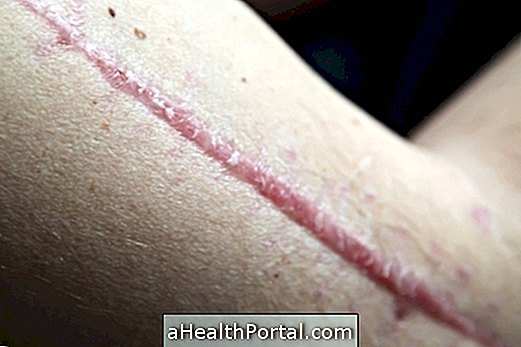
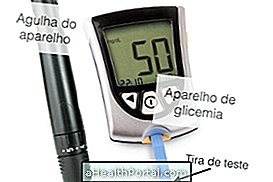

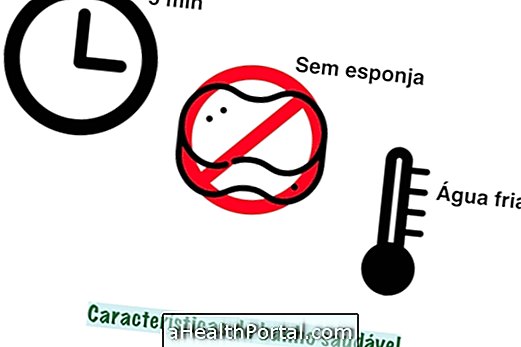

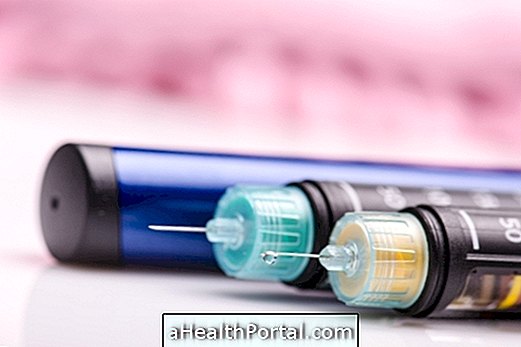
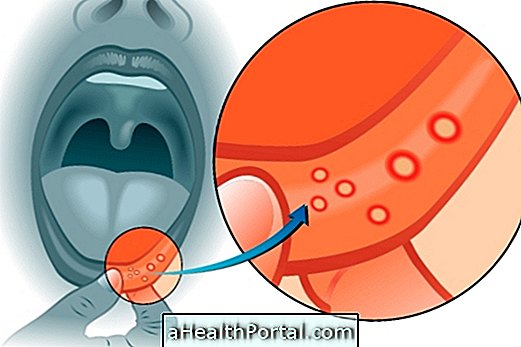


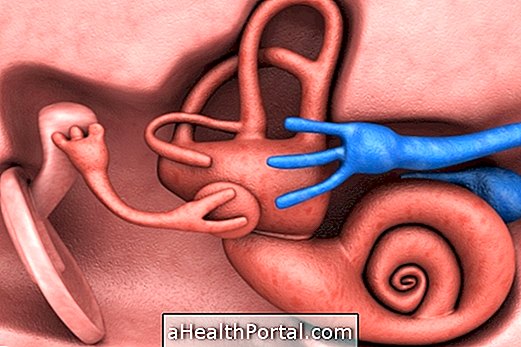




-o-que--quando-fazer-e-como-funciona.jpg)
